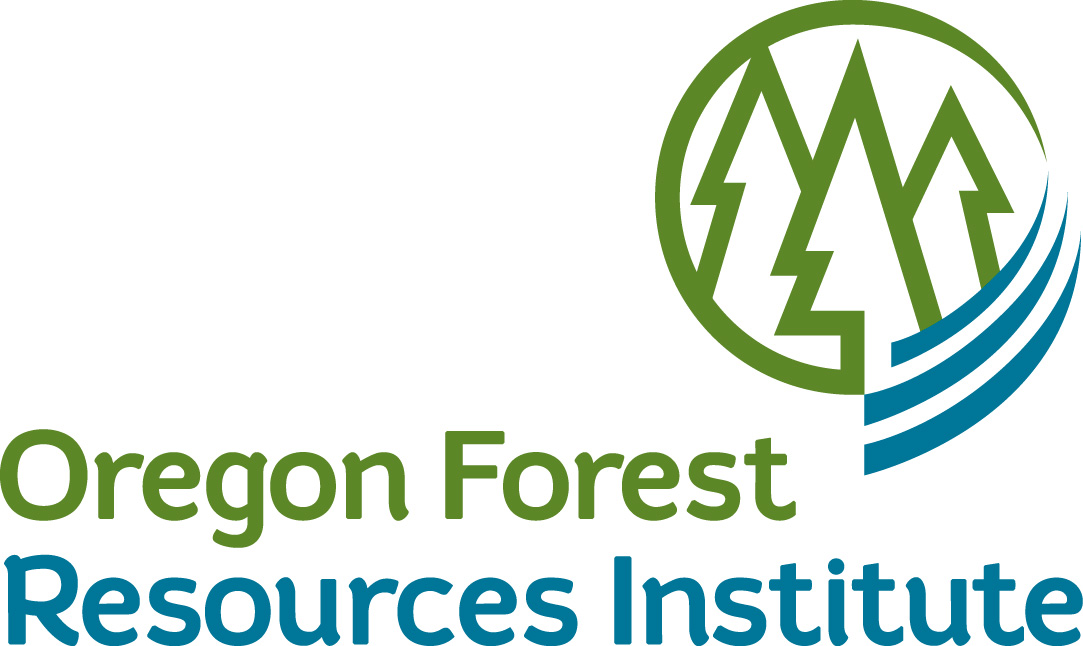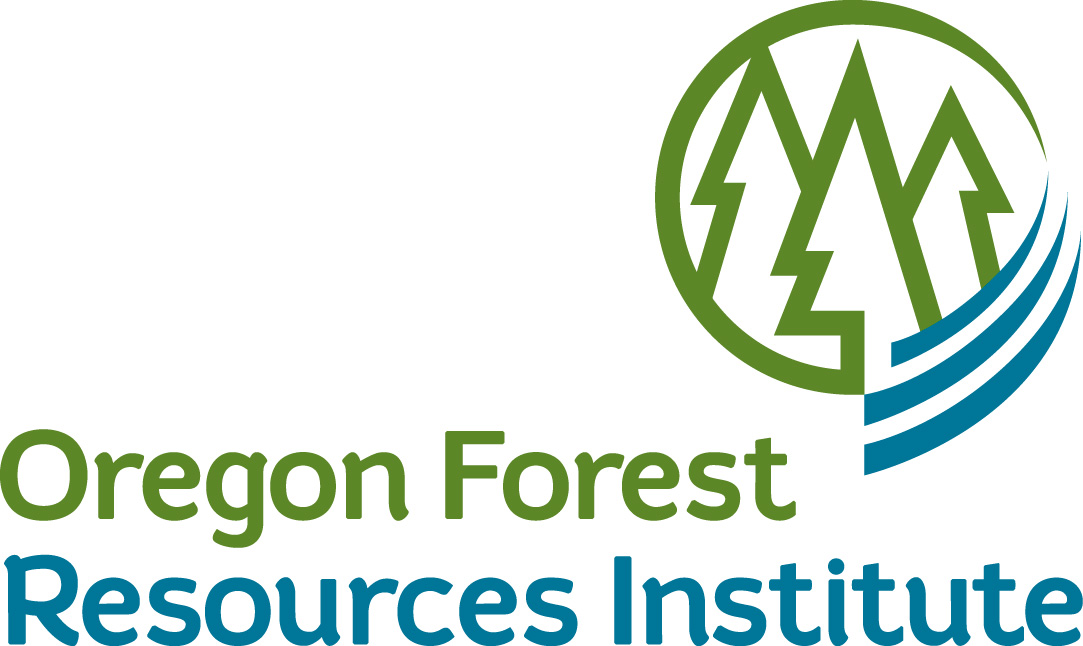SAF Learning
Science Flashes - Session 7
Silvicultural Transformation in Pinus ponderosa; a Regional Management Guide for Transitioning to Multi-aged Structures
Speaker(s): Neil Williams, Oak Ridge Institute for Science and Education
Description: Our proposal spotlights a practitioner-focused guide for transforming even-aged ponderosa pine (Pinus ponderosa) stands to multi-aged structures and management. Using historical structure and management in ponderosa pine forests as context, we set out the rationale behind production of this guide, its key components, and several case study examples.
Polyploidization and Other Future Directions of Silviculture
Speaker(s): Conrad Young, Ouachita Getaways LLC
Description: Managing unmanaged forest and developing unmanaged land for eco-tourism, while focusing on creating a tree breeding program looking at disease resistance and food production, particularly induced polyploidization for parthenocarpic fruit production.
Northwest Tribal Agroforestry and TEK Collaboration Uncomplicated
Speaker(s): Donald Motanic, Self Employed
Description: The Northwest Tribal Agroforestry and TEK Collaboration Uncomplicated session will provide insight and resources on how to connect with tribes and tribal communities. The resources will include tribal programs utilized by the states of Washington, Oregon and Montana.
SAF CFE: 0.5 Category 1 CFE
ESA CEU: 0.125
Entire video must be viewed to receive SAF CFE and/or ESA CEU credit.
Monitoring Planting Trials and Nucleated Seed Orchards for Restoration of Beech Bark Disease Impacted Forests
Speaker(s): Tom Panella, Michigan Tech University
Description: Beech bark disease has caused pronounced mortality of American beech at two National Lakeshores in Michigan. A restoration plan utilizing grafts from local resistant trees planted in nucleated understory orchards was devised. The results of trial outplantings will inform best practices to increase resistance genetics at both properties.
Quantification and Allocation of Carbon Debts Based on Forests Harvest in the Southeastern United States
Speaker(s): Laura Sims
Description: This research mainly focuses on how to quantify and allocate carbon debt caused by forest harvest in the Southeastern United States. A Hierarchical Hybrid Compatible Model (HHCM) is developed to estimate the carbon debt and emission related to forest harvest and production of forest products.
Stakeholders’ Attitudes and Perceptions Regarding the Viability of Hardwood CLT in Tennessee
Speaker(s): Alexander Bremner, The University of Tennessee
Description: Mass timber products such as cross-laminated timber (CLT) are continuing to establish across the United States. However, CLT constructed of hardwood lumber is still in its infancy. This presentation will discuss the attitudes and perceptions of key stakeholders in the wood and construction industry on the feasibility of hardwood CLT.
SAF CFE: 0.5 Category 1 CFE
ESA CEU: 0.125
Entire video must be viewed to receive SAF CFE and/or ESA CEU credit.
Improving Lumber Grade Recovery for the Tree that Built America - Eastern White Pine
Speaker(s): Sara Dreibelbis, SUNY - ESF
Description: Eastern white pine is the dominant softwood species of the Northeast U.S., however the majority of the region's harvest produces low grade lumber. Through a log-based sawmill study, we aim to identify factors contributing to lumber grades of eastern white pine and to develop management recommendations to improve grade recovery.
Assessing the Impact of Hurricane Ivan on Aboveground Carbon in Trees in the Gulf Coast
Speaker(s): Syed Asiful Alam, University of Georgia
Description: Using log-linear regression with model selection approach, we quantified the impact of hurricane Ivan (September 2004) on aboveground carbon (tons/acre) in trees and foliage of Perdido Bay watershed in the Gulf Coast. Our model predicted that tree class (softwood/mixed/hardwood), height, physiographic class (deep sands/flatwoods/rolling uplands/small drains/swaps/bottomlands) along with hurricane-affected status of the FIA plots are statistically significant (p≤0.05).
Sensible Spaces That Make Livable Urban & Community Forest Places
Speaker(s): Richard Hauer, CNUC and University of Wisconsin-Stevens Point
Description: Creating ideal urban greenspaces as perfect places starts with sensible designs. You will explore how our eight senses (yes not five) and three spaces (home-work-away) are vital to understand when creating an urban forest utopia. We will explore the multitude of research related to creating a better built environment.
SAF CFE: 0.5 Category 1 CFE
ESA CEU: 0.125
Entire video must be viewed to receive SAF CFE and/or ESA CEU credit.
Key:
Browser Recommendation
Use Chrome, Firefox, Edge, or Safari.
DO NOT USE Internet Explorer.
Quick Search
Customer Support
If you need assistance with registration, accessing a ForestEd product you purchased, or other customer service-related issues, please email ForestEdSupport@safnet.org during normal office hours: Monday - Friday, 9:00 am - 5:00 pm ET.
Sponsors
ForestEd Suggestion Box
Technical Support
For technical support, email ForestEdSupport@safnet.org



